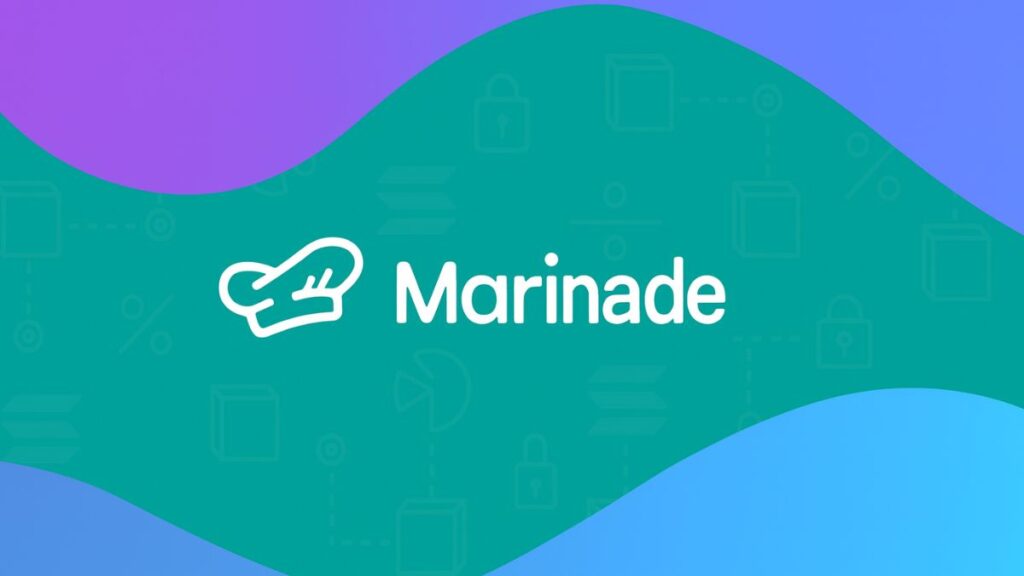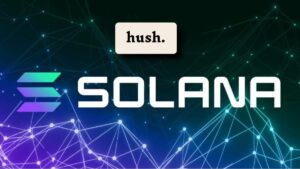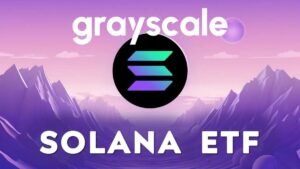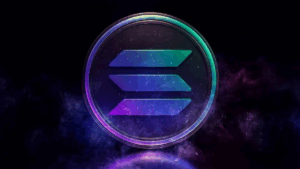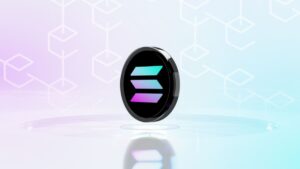Marinade Finance has emerged as a leading force in decentralized finance, offering users a fresh approach to participation in the Solana ecosystem. Built on principles of openness and community empowerment, it continues to attract attention as a platform reshaping how people engage with blockchain innovation.
What is Marinade Finance?

Introduction to Marinade Finance
Marinade Finance is a DeFi protocol built on the Solana blockchain, launched in 2021. It has quickly become one of the most recognized platforms in the Solana ecosystem due to its innovative staking approach and contribution to network decentralization. Unlike traditional platforms focusing solely on locking assets, Marinade emphasizes flexibility, accessibility, and community-driven governance. Its mission is to make staking more inclusive while reinforcing Solana’s long-term security and growth.
Position in the Solana Ecosystem
Within the Solana ecosystem, Marinade Finance plays a pivotal role by distributing stake across a wide range of validators. This approach reduces concentration risks and strengthens the blockchain’s resilience. By encouraging decentralization, Marinade not only enhances security but also aligns with the broader values of transparency and fairness in DeFi. Its prominence has made it a cornerstone for users seeking both yield opportunities and participation in Solana’s governance landscape.
Community and Governance
Marinade Finance is governed by its decentralized autonomous organization (DAO), where decisions are made collectively by token holders. This governance model ensures that the community has a direct voice in shaping the protocol’s future. From treasury management to validator selection, the DAO structure reflects Marinade’s commitment to decentralization and user empowerment. This participatory framework has attracted a growing base of contributors and stakeholders worldwide.
The Native Token: MNDE
The ecosystem is supported by its governance token, MNDE. While not the central focus of the platform’s identity, MNDE plays a crucial role in voting and decision-making within the DAO. Holders of MNDE can influence upgrades, parameter adjustments, and strategic initiatives, ensuring that Marinade remains aligned with community interests. In doing so, Marinade Finance continues to attract users, strengthen Solana’s ecosystem, and remain a trusted platform for decentralized staking worldwide.
How Does Marinade Finance Work?

Liquid Staking Mechanism
Marinade Finance operates through a liquid staking model that allows users to stake their SOL tokens while retaining flexibility. When users deposit SOL, the protocol delegates these tokens across a broad set of validators on the Solana blockchain. In return, participants receive mSOL, a liquid staking derivative that represents their staked position. The value of mSOL gradually increases relative to SOL as staking rewards accumulate, enabling users to maintain liquidity while earning yield.
Validator Delegation Strategy
A core feature of Marinade’s design is its automated validator delegation strategy. Instead of concentrating stake in a few nodes, the protocol distributes SOL across more than one hundred validators. This approach enhances decentralization, reduces systemic risks, and ensures that rewards are optimized. By leveraging this strategy, Marinade strengthens the Solana network’s resilience. It provides users with competitive returns without requiring manual validator selection.
Flexibility and Liquidity Benefits
Unlike traditional staking, which often locks assets for extended periods, Marinade’s liquid staking model provides instant liquidity. Holders of mSOL can use their tokens across decentralized finance applications, including lending, trading, and yield farming. This integration allows users to maximize capital efficiency, as they can simultaneously earn staking rewards and deploy their assets in other DeFi opportunities. The ability to swap mSOL back to SOL at any time further enhances user control.
Unstaking, swaps, and risk controls
Marinade supports both delayed and instant unstaking pathways, allowing users to plan exits or swap mSOL for SOL through liquidity venues when speed is crucial. Withdrawal queues manage validator exit timing, while AMM pools provide rapid conversions with market-based pricing. Fee structures are transparent, and slippage considerations apply during instant swaps, encouraging informed decisions. Risk management focuses on validator diversification, on-chain transparency, and integration breadth, allowing users to assess trade-offs across speed, price, and yield continuity.
Clear tooling and documented processes help participants navigate market conditions, optimize execution, and maintain confidence during transitions between staked and liquid states.
What is the MNDE Token?

Overview of MNDE
The MNDE token is the governance asset of Marinade Finance, designed to empower community participation and protocol development. Launched in late 2021, MNDE was distributed through a fair-launch model, ensuring broad accessibility rather than concentrated ownership. Its primary function is to give holders influence over the DAO that manages Marinade’s treasury, validator delegation policies, and long-term strategy. Unlike mSOL, which represents staked SOL, MNDE is not a staking derivative but a governance and incentive token that underpins the protocol’s decision-making framework.
Tokenomics and Distribution
At issuance, MNDE had a total supply of one billion tokens, though subsequent DAO-approved burns have reduced the circulating supply. Distribution has been structured to reward early adopters, liquidity providers, and active participants in Marinade’s ecosystem. Incentive programs, such as liquidity mining and governance rewards, have been used to encourage engagement while aligning token utility with protocol growth. The DAO continues to refine tokenomics, including buyback mechanisms and adjusted emissions, to balance sustainability with community incentives.
Governance and Utility
MNDE holders play a direct role in shaping Marinade’s evolution. By locking tokens, participants can vote on proposals, validator selection criteria, and treasury allocations. This governance model ensures that the protocol remains community-driven and adaptable to changing market conditions. Beyond voting, MNDE has been integrated into incentive structures that reward active governance participation, reinforcing its role as more than a passive asset. The token’s utility lies in its ability to align stakeholders with the protocol’s mission of decentralization and resilience.
Is the MNDE Token a Good Investment?
MNDE’s value proposition is tied to Marinade’s growth, Solana’s adoption, and the broader liquid staking market. While it offers governance rights and potential upside from protocol expansion, it is not designed as a yield-bearing asset. Investors should weigh its speculative nature, evolving tokenomics, and reliance on Solana’s ecosystem health. As with any governance token, MNDE’s long-term performance depends on community engagement, protocol adoption, and the sustainability of its incentive mechanisms.
Conclusion
Marinade Finance stands out as a community‑driven protocol that reshapes staking within Solana. By combining flexibility, decentralization, and governance, it empowers users while strengthening the network’s resilience. As adoption grows, Marinade continues to highlight how innovation in DeFi can align user participation with blockchain sustainability and long‑term growth.


